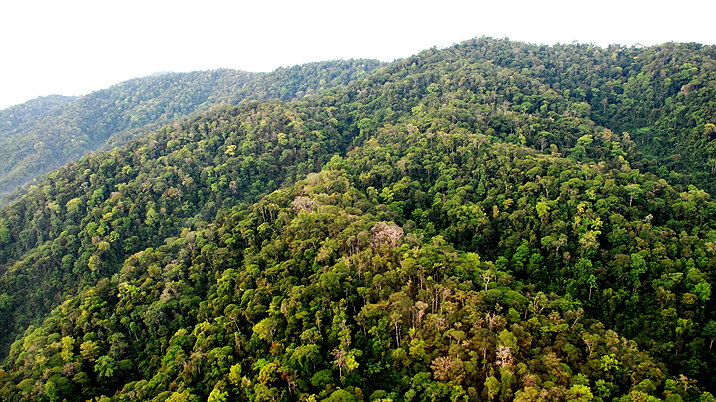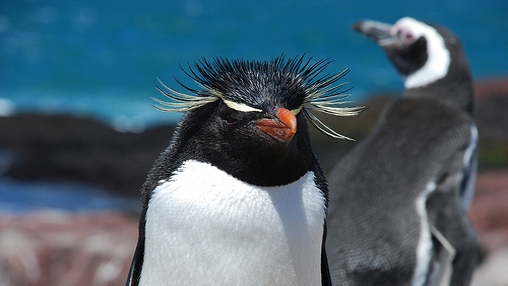Challenge
Since its inception in 1993, the Convention on Biological Diversity (CBD) has recognized the importance of promoting technical and scientific cooperation, which would contribute directly to implementation of the CBD Clearing-House Mechanism (CHM) as well as other areas critical to development and poverty alleviation. The Convention established the CHM (i) to promote and facilitate technical and scientific cooperation, within and between countries, (ii) to develop a global mechanism for exchanging and integrating information on biodiversity, and (iii) to develop the necessary human and technological network.
Approach
With project support, the IABIN developed an Internet-based, decentralized network to provide access to biodiversity information currently scattered in individual institutions and agencies in the Americas and provide the tools necessary to draw knowledge from that wealth of resources, which in turn would support sound decision-making concerning the conservation and sustainable use of biodiversity. This was an ambitious undertaking at a time when there was no successful precedent in establishing a biodiversity informatics network at this scale and scope. The architecture was web-based, and was designed to seek agreement and build on existing standards and protocols for biodiversity-related information to ensure compatibility of diverse data sources within the region.
While the network was envisioned as a distributed system of data providers in which the data are maintained and controlled by the provider, a single point of access to the integrated resources of the network remains a key component. The structure of the thematic networks was conducive to achieving the desired results and sustainability. The themes address the needs of IABIN stakeholders and were defined as:
- Ecosystems
- Invasive Species
- Pollinators
- Protected Areas
- Species and Specimens


